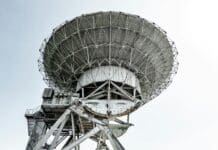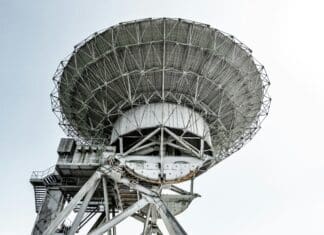This post is also available in:
 עברית (Hebrew)
עברית (Hebrew)
Artificial intelligence (AI) is increasingly shaping the future of scientific research, and nuclear science is no exception. A recent development in AI technology has led to the creation of AutoFLUKA, a new tool designed to automate time-consuming tasks in nuclear science research. Developed by a graduate student in nuclear engineering, this AI system uses large language models (LLMs) to enhance efficiency, securely manage proprietary data, and improve workflow processes in nuclear simulations.
Nuclear engineering often relies on proprietary and sensitive data, which makes it challenging to integrate AI models like ChatGPT that typically require open access to data. AutoFLUKA addresses this issue by offering a secure, in-house solution that allows researchers to automate tasks such as running simulations in the FLUKA software. According to TechXplore, this AI-powered system can handle input file management, run complex simulations, and even analyze the results, including generating graphs—all while ensuring that data remains within the originating organization.
The key innovation of AutoFLUKA lies in its ability to automate repetitive, data-intensive tasks. Rather than manually sifting through data or reading lengthy documents, researchers can now use the AI to quickly extract answers or generate insights. This drastically reduces the time spent on routine tasks and enables researchers to focus on more critical, high-level analysis. By utilizing AI to handle these steps, the tool makes nuclear science research significantly more efficient and productive.
Although initially tested with the FLUKA software, AutoFLUKA can be adapted to other simulation programs like the Monte Carlo N-Particle (MCNP) code, which is widely used in nuclear research, according to TechXplore. This flexibility makes the tool valuable across various domains within nuclear science, including reactor modeling, radiation safety, and health physics.
In addition to its potential within nuclear research, the AI system could also be beneficial to health physicists who often manage complex regulatory information. By using AI to rapidly sift through safety guidelines and operational data, professionals can access critical information almost instantly, reducing the time and effort needed to ensure compliance with safety standards.
Overall, the introduction of AutoFLUKA could be a step forward in integrating AI with nuclear science, paving the way for more efficient, secure, and streamlined research processes. As AI continues to evolve, its role in nuclear science promises to expand, offering even greater opportunities for innovation and advancement in the field.
The paper can be found on arXiv.


























